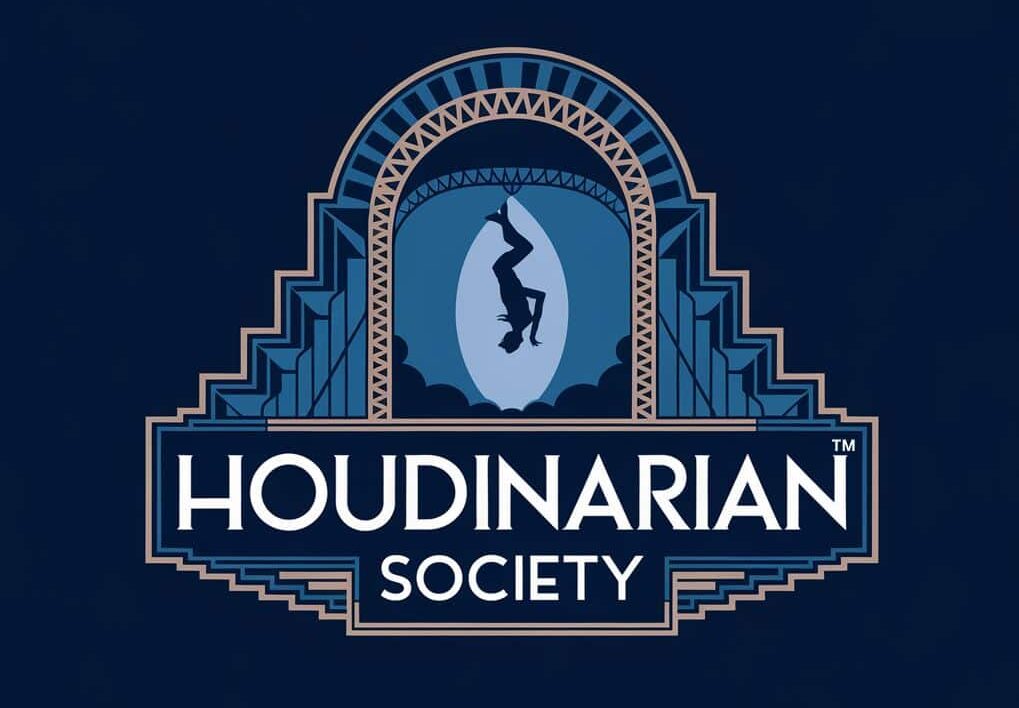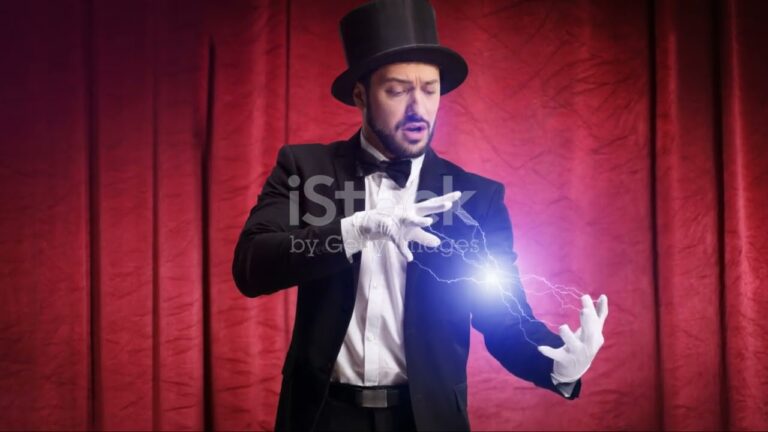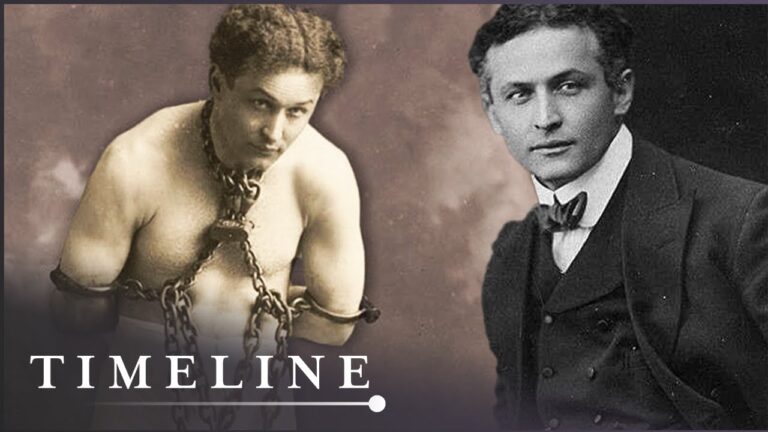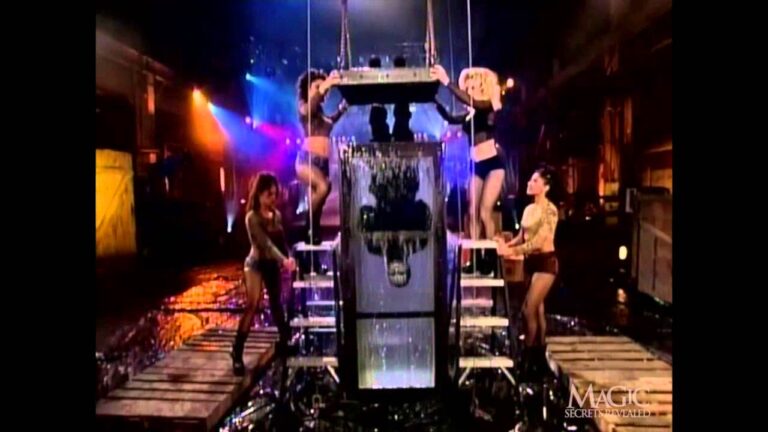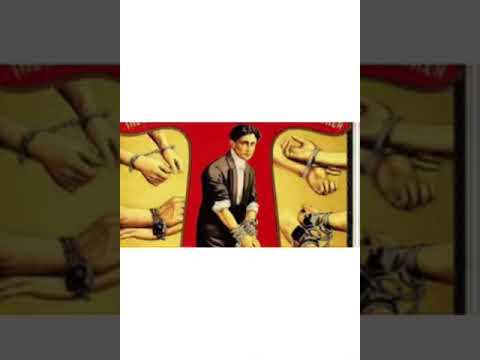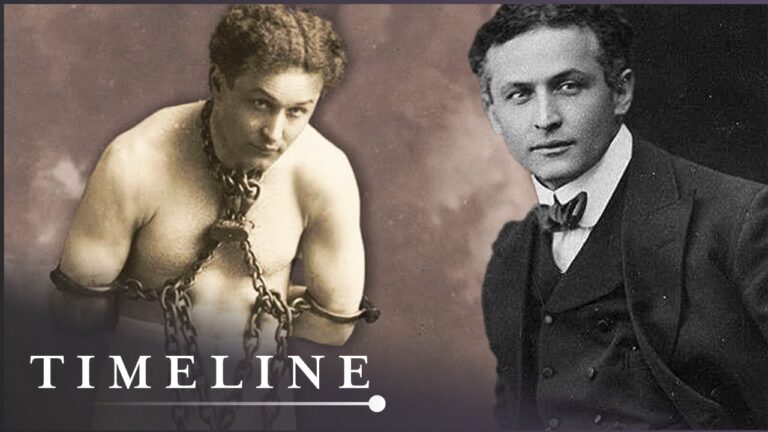Controversial Magic Tricks: Where Do We Draw the Line?
Magic has captivated audiences for centuries, blending artistry with deception in ways that both amaze and challenge our moral compass. The line between acceptable and controversial magic tricks often comes down to three key factors: physical safety, emotional impact, and respect for personal boundaries.
Where magic crosses ethical boundaries raises important questions about the nature of entertainment itself.
When you watch a magic show, you enter into an unspoken agreement with the performer. You know you’ll be deceived, but trust that the deception serves a higher purpose of wonder and amazement.
Some tricks push these boundaries to their limits. Take David Copperfield’s performances, which have included illusions that left audiences questioning their own senses. These moments remind you that magic’s power lies not just in the technical execution, but in the delicate balance between mystery and responsibility.
Historical Context Of Controversial Magic Tricks

Magic’s most heated debates stem from exposing secrets and pushing ethical boundaries, with notable conflicts spanning centuries of performance history.
Controversies In Houdini’s Era
Harry Houdini sparked intense debate by exposing fraudulent spiritualists in the 1920s. His crusade against fake mediums divided the magic community – some praised his protection of the public while others felt he betrayed magical secrets.
The famous “Catching a Bullet” trick caused serious injuries and deaths among magicians attempting it. This dangerous feat led to the first major discussions about safety standards in magic performance.
Several prominent magicians faced backlash for revealing rivals’ methods in print. These exposés created lasting tension between protecting trade secrets and educating new performers.
Notable Historical Incidents And Public Reactions
The 1997 Fox TV specials revealing classic illusion methods caused unprecedented outrage in the magic community. Many performers boycotted Fox and tried legal action to stop the broadcasts.
The first published book of magic tricks, The Discoverie of Witchcraft (1584), was so controversial that King James I ordered all copies burned.
Public opinion shifted dramatically when magicians began openly admitting their acts were skilled deception rather than supernatural powers. This honesty paradoxically increased audience trust and respect.
Evolution Of Ethical Standards In Magic
The International Brotherhood of Magicians established the first formal ethics code in 1924, defining clear rules about secret-keeping and performance integrity.
Modern magic societies now balance preserving magical secrets with introducing innovative techniques. They permit sharing methods for educational purposes while prohibiting exposure purely for publicity.
Most current controversies center on digital magic and online exposure. Social media has forced the magic community to adapt its traditional secrecy standards for the internet age.
Magic organizations now emphasize performer safety and audience welfare over absolute secrecy. This includes strict guidelines about dangerous tricks and psychological effects.
Cultural Sensitivities In Magic Performance

Magic tricks often cross cultural boundaries and must be performed with care and respect for different traditions and beliefs. The way a trick is presented can make the difference between delighting audiences and causing offense.
Impact Of Cultural Differences On Perceptions Of Magic
Different cultures view magic performance through unique lenses shaped by their history and traditions. What seems entertaining in one culture might be sacred or taboo in another.
Religious symbols and artifacts require special consideration. A levitating Buddha statue might seem like an impressive illusion to Western audiences but could offend Buddhist viewers who consider it disrespectful.
Your choice of props and costumes matters greatly. Using sacred objects as mere props can diminish their cultural significance. Consider how your performance might be interpreted by people from various backgrounds.
Case Studies Of Culturally Insensitive Tricks
The “Chinese Linking Rings” trick often relies on stereotypical Oriental imagery that reduces complex cultural elements to exotic decorations.
The “Indian Rope Trick” has perpetuated harmful stereotypes about South Asian mysticism. Many versions portray India as an exotic land of mystery rather than celebrating its real cultural contributions.
Fortune-telling acts that mock spiritual practices or religious beliefs can cause genuine hurt to communities who hold these traditions sacred.
Strategies For Culturally Respectful Performances
Research the origins of your tricks and acknowledge their cultural roots when appropriate. Give credit to the traditions that inspired your performance.
Key Guidelines for Respectful Magic:
- Avoid stereotypical accents or costumes
- Research cultural context before using traditional elements
- Consult with cultural representatives when adapting traditional practices
Create performances that celebrate rather than exploit cultural elements. Your magic can build bridges between communities when presented thoughtfully.
Safety Concerns In Magic Tricks

Magic’s most spectacular acts often involve real physical risks. Performers must navigate dangerous elements like fire, water, heights, and sharp objects while maintaining both safety and showmanship.
Historical Accidents And Their Impact On the Industry
Tragic accidents in magic have shaped modern performance standards. The most famous example remains Harry Houdini’s death from peritonitis after a spectator punched his abdomen before he could prepare for the impact.
The bullet catch illusion has claimed several lives throughout magic’s history. William Robinson, performing as Chung Ling Soo, died on stage in 1918 when a real bullet was accidentally loaded into the gun.
These incidents led to stricter safety protocols and increased awareness of risk management in magic performances.
Modern Safety Standards And Regulations
Professional magicians now follow detailed safety guidelines. You’ll find backup systems, emergency protocols, and trained spotters at most dangerous performances.
Equipment undergoes rigorous testing before each show. Modern illusions prioritize safety while maintaining the appearance of danger.
Key safety measures include:
- Multiple escape mechanisms
- Designated safety personnel
- Regular equipment maintenance
- Comprehensive performer training
- Emergency medical staff on standby
Balancing Risk And Entertainment Value
Dangerous magic tricks continue to fascinate audiences. Your perception of risk adds excitement to performances, even when safety measures minimize actual danger.
Skilled magicians create controlled environments that appear more dangerous than they are. This illusion of danger satisfies audience expectations while protecting performers.
Top magicians invest significant time practicing safety techniques. Each dangerous element must serve a purpose in the performance rather than existing purely for shock value.
Audience Psychology And Ethical Boundaries
Magic tricks that push ethical boundaries can create strong emotional and psychological impacts on viewers. The effects range from mild discomfort to lasting distress, making it crucial for magicians to consider their audience carefully.
Understanding Audience Reactions To Controversial Tricks
Your reaction to magic depends heavily on your personal experiences and beliefs. Studies show that magic techniques exploit specific cognitive blind spots and perceptual gaps.
When you witness disturbing or ethically questionable tricks, your brain processes them differently than standard illusions. Some people feel betrayed or manipulated when tricks cross moral lines.
Magicians who use psychological manipulation must recognize that audience trust is fragile. A single controversial performance can damage both individual and professional reputations.
Psychological Impact Of Shocking Or Disturbing Performances
Strong emotional reactions to magic can linger long after the show ends. When tricks involve apparent harm or extreme danger, you may experience genuine anxiety or distress.
Ethical magicians carefully balance entertainment with integrity. They avoid exploiting vulnerable audience members or those seeking genuine spiritual guidance.
Your mind can struggle to process tricks that seem to violate fundamental moral principles. This cognitive dissonance often leads to lasting negative associations with magic performances.
Ethical Considerations For Different Audience Demographics
Children require special protection from psychologically disturbing content. Young minds may not distinguish between illusion and reality, making age-appropriate trick selection essential.
Cultural sensitivities play a key role in determining acceptable content. What seems harmless in one society might deeply offend in another.
Professional magicians must consider their responsibility to diverse audience groups:
- Elderly viewers (may be more sensitive to shocking content)
- Religious communities (respect for spiritual beliefs)
- People with trauma histories (avoid triggering content)
- Different cultural backgrounds (varying moral standards)
Framework For Evaluating Controversial Magic Tricks
Magic performance requires careful evaluation of ethical boundaries and societal impact. Professional standards, cultural values, and clear guidelines help determine which tricks cross ethical lines.
Professional Standards For Ethical Magic Performance
Modern magic tricks blend science and psychology to create compelling illusions. You must consider the physical and emotional safety of volunteers and audience members first.
Key ethical standards:
- Never cause physical harm or distress
- Obtain clear consent from participants
- Avoid targeting vulnerable individuals
- Respect cultural sensitivities
- Maintain transparency about the nature of illusions
Your reputation depends on following established industry codes of conduct. Professional magic organizations provide detailed ethics guidelines that you should regularly review and follow.
Societal Values And Their Influence On Acceptability
The classification of magic tricks varies based on cultural context and time period. What seems acceptable in one setting may be inappropriate in another.
Cultural factors to consider:
- Religious beliefs and symbols
- Local customs and traditions
- Current social issues
- Age-appropriate content
- Gender sensitivity
You must stay aware of changing social norms. Regular feedback from diverse audiences helps gauge the acceptability of your performances.
Guidelines For Magicians And Producers
Using computational frameworks can help evaluate trick designs systematically. Create clear boundaries for your performances.
Essential guidelines:
- Document risk assessments
- Test tricks thoroughly
- Maintain insurance coverage
- Keep detailed performance logs
- Build emergency protocols
Your show should have written policies about controversial content. Review and update these guidelines quarterly with your team.
Create backup plans for every risky element. Keep your acts flexible enough to modify based on audience feedback or venue requirements.
Modern Controversies In Magic
Magic’s evolution in the digital age brings new ethical questions about transparency, audience deception, and artistic boundaries. Social platforms and viral performances have sparked intense debates about what crosses the line between entertainment and manipulation.
Analysis Of Recent Controversial Tricks
The 2025 Blackpool Magic Convention highlighted several contentious performances that pushed traditional boundaries. Jack Rhodes’ innovative but divisive act used artificial intelligence to predict audience choices.
David Copperfield’s recent illusions have sparked debate. His latest controversial performances use advanced technology in ways that some critics say blur the line between magic and special effects.
Digital props and pre-recorded elements in live shows have become a hot topic. You’ll find magicians divided on whether these tools enhance or diminish the art form.
Public And Professional Responses
Professional magicians often criticize reveals of classic tricks on YouTube and TikTok. These exposures damage centuries-old traditions of secrecy.
The ethical questions of deception in magic have gained new relevance. You must consider where entertainment ends and manipulation begins.
Magic societies have started creating guidelines for digital-age performances. These rules address virtual shows, streaming events, and pre-recorded elements.
The Role Of Social Media In Shaping Opinions
Magic trick reactions and debates spread instantly on platforms like Twitter and Instagram.
Viral moments can make or break a magician’s reputation within hours.
Online communities have changed how audiences judge performances.
You can now find instant feedback and heated discussions about methods and ethics.
Magic forums face challenges with exposure videos.
Moderators struggle to balance open discussion with protecting trade secrets.
Live streaming has created new authenticity concerns.
Viewers question every angle, cut, and edit they see in recorded performances.
